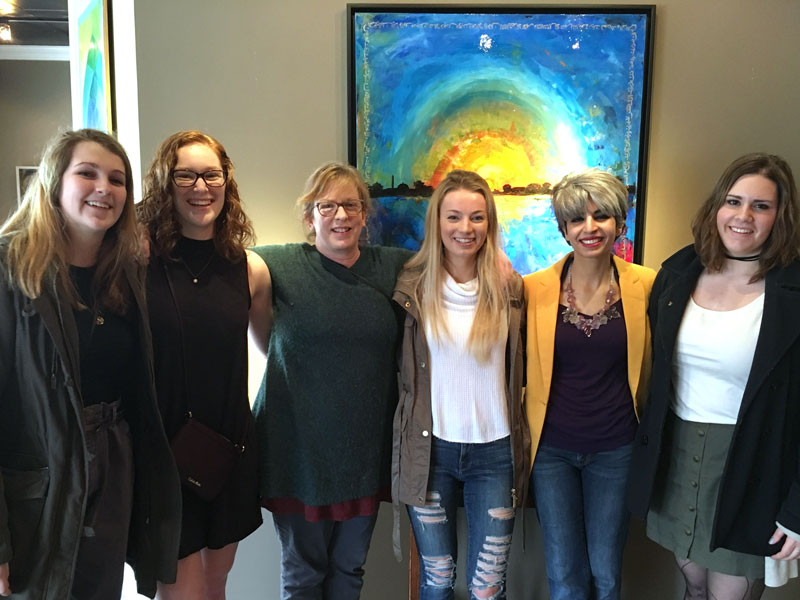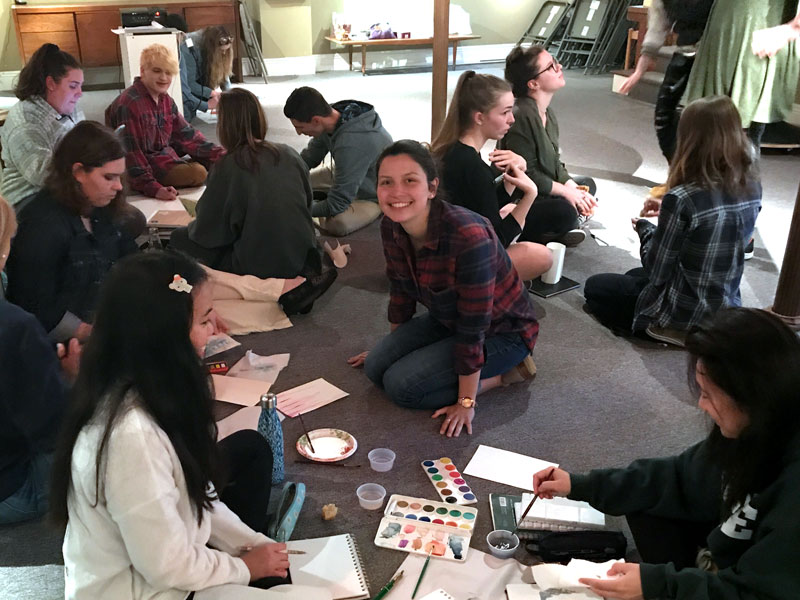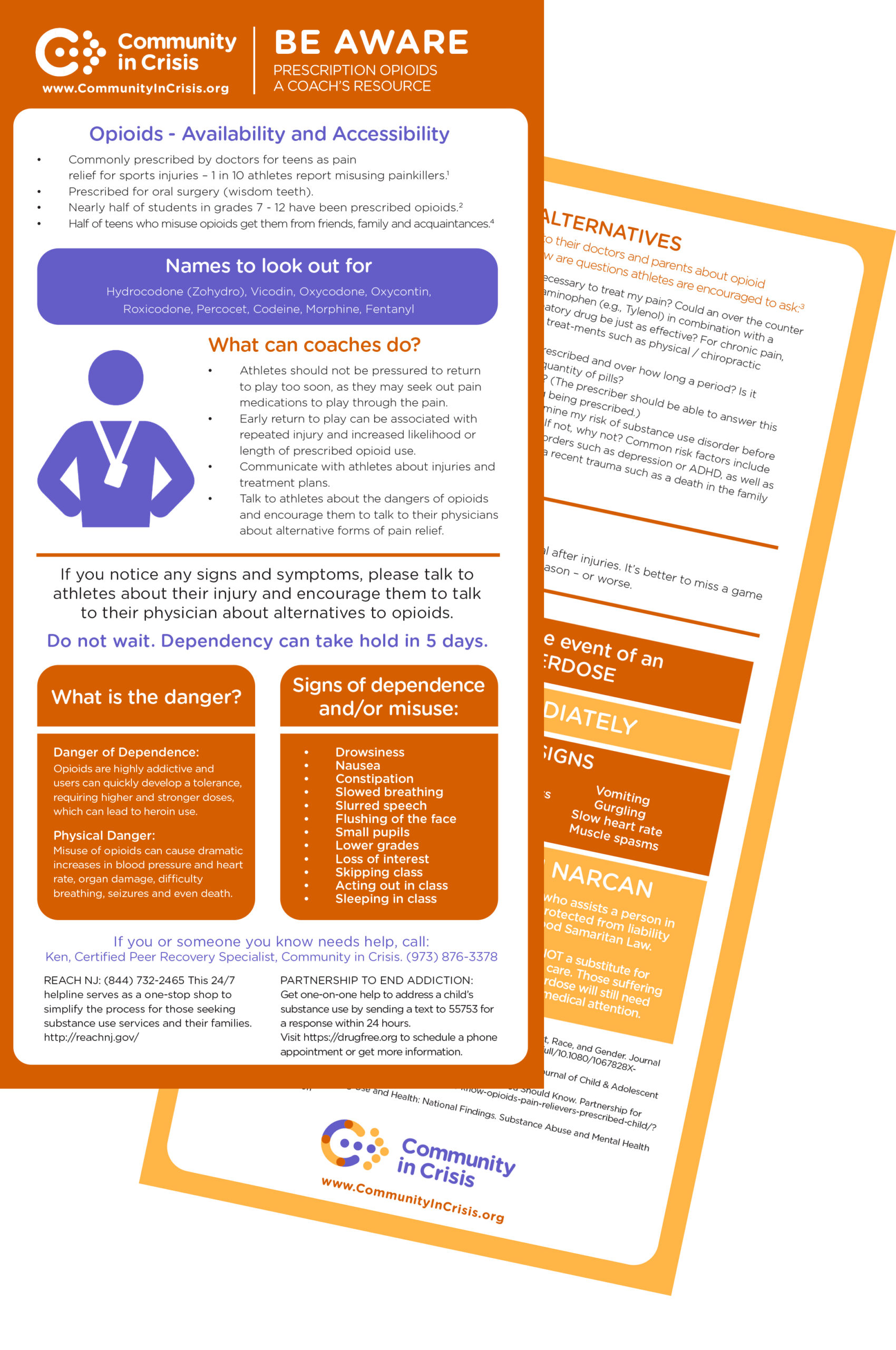
School-Based Initiatives
Athletes
‘…there is a subset of students who warrant special attention and they are student athletes. This group can suffer repetitive injury and can be prescribed pain medication more frequently than others.*’
One study of adolescent males in organized sports vs. those not involved in sports showed that athletes are at nearly twice the risk of being prescribed an opioid medication, and four times more likely to misuse an opioid medication to get high. Roughly 3 out of 4 heroin users begin with Rx opioids.**
*DEA
**1540 adolescents males surveyed from 2009-2012
Presentations are available for parents of athletes and sports coaches.
Please email info@communityincrisis.org for more information and materials.
Our School Working Group includes representatives from all school levels across school districts and private schools. Programs are designed to offer community service opportunities that engender community connection and self-worth, as well as education on prescription misuse and substance abuse .
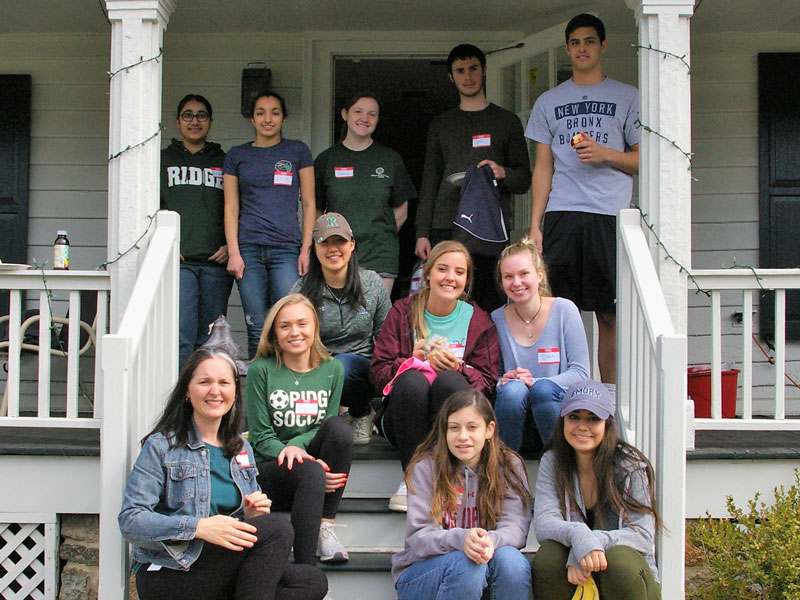
Assemblies
Chris Herren, former NBA star in recovery from heroin addiction, delivered powerful presentations to parents and to students in two in-school assemblies. Follow-up discussions focused on his message of self-respect and being “good enough”, as expressed by an “I Will” post-it wall of emotions in the school lobby.
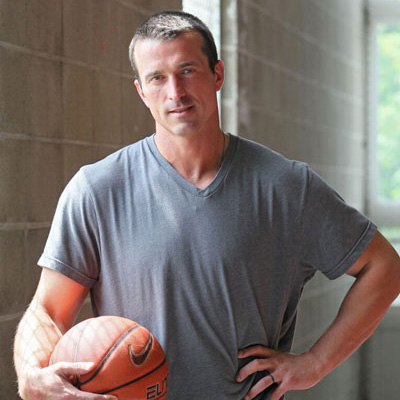
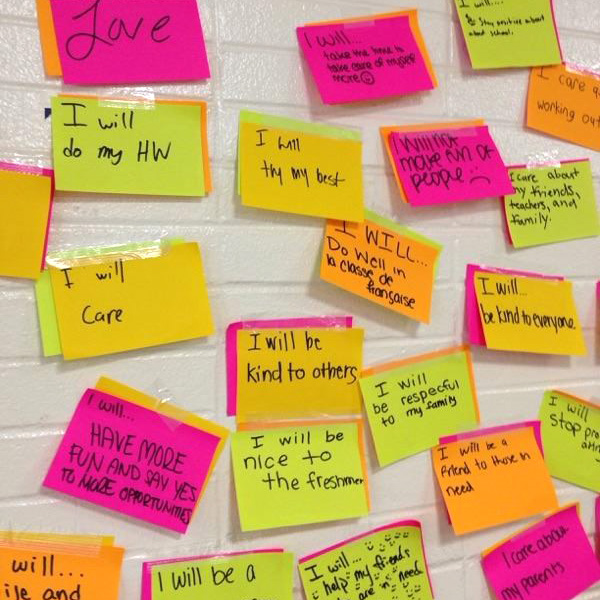
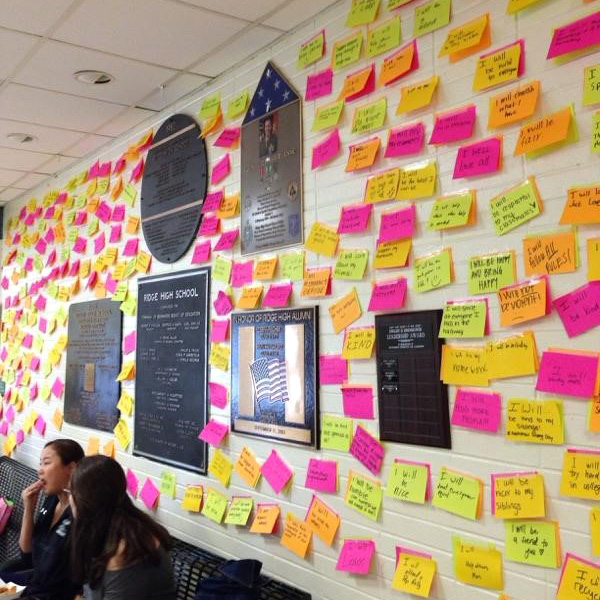
Health Classes
Community in Crisis staff delivered substance abuse prevention messages in middle school health classes. We also arranged for local young adults in recovery to speak in high school health classes about their journey to addiction and from addiction to recovery.

Community Service
Volunteer opportunities for both high school and middle school students help build empathy for those in recovery and help reduce the stigma of addiction.
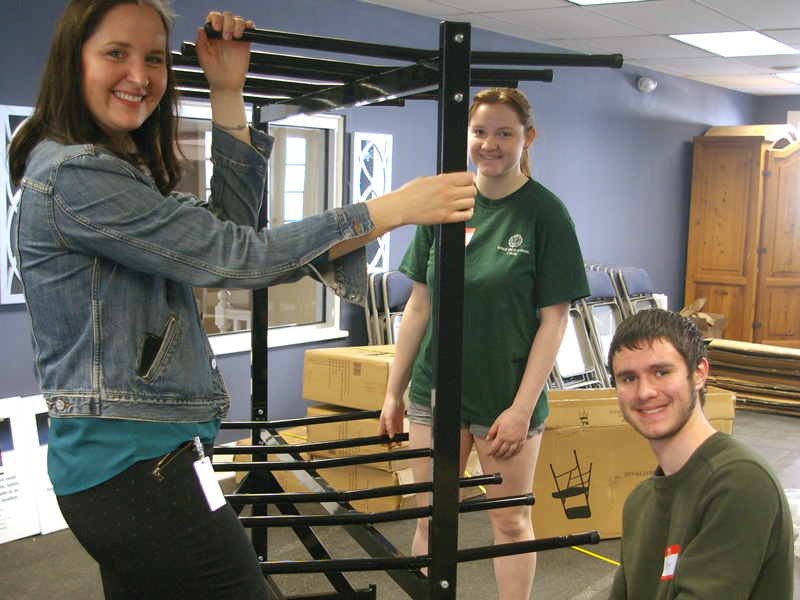
Stigma Art Exhibit
Collaborating with a neuropsychiatrist and volunteer of Community in Crisis, a series of art workshops and discussions were held with the support of a wonderful high school art teacher and a beautiful local art gallery on the stigma of mental health issues and substance misuse. The program culminated in a month-long gallery exhibit entitled “STIGMA,” with an opening night reception for students, their families and the public. Students enjoyed the therapeutic aspect of art, and its ability to help expression through its many forms and mediums.
